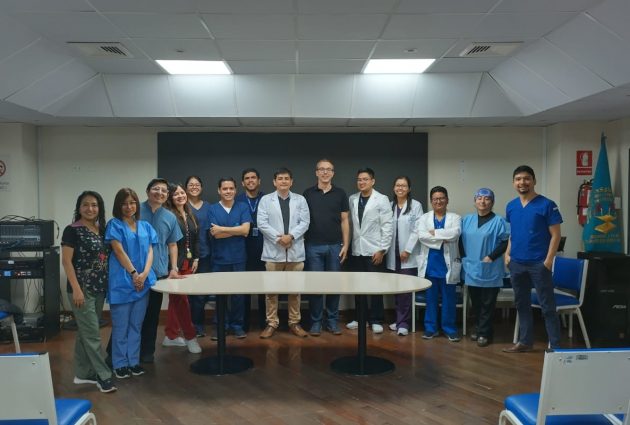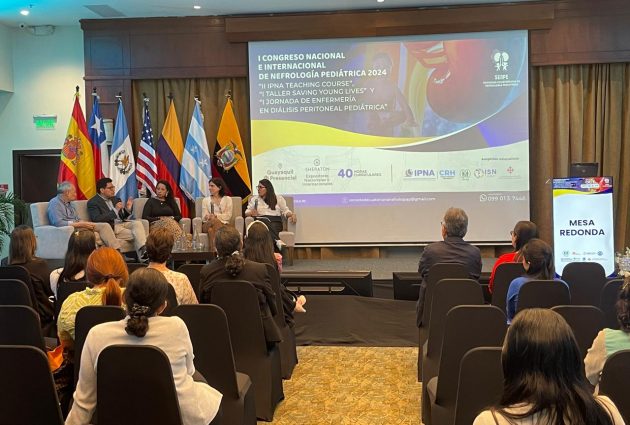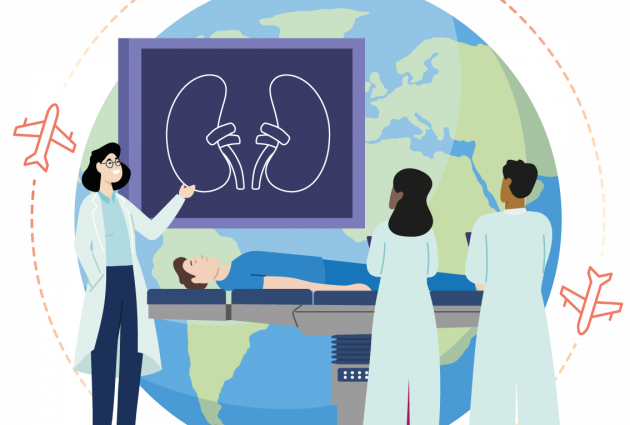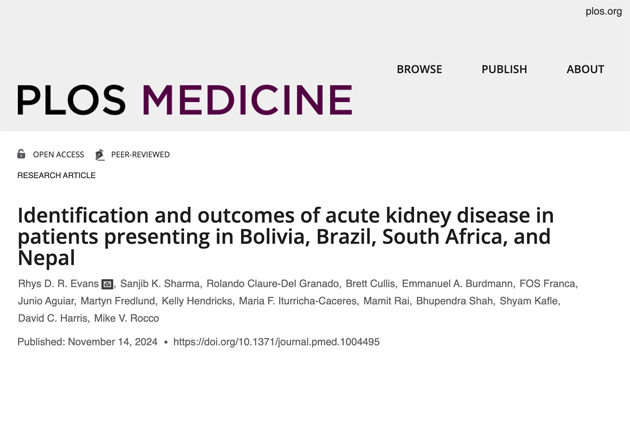ISN and ASN join forces helping dialysis patients after hurricane Irma
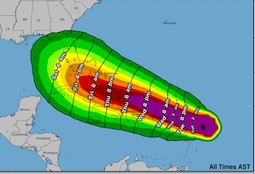 On September 6, 2017 hurricane Irma’s eye passed over Gorda, Jost Van Dyke and Tortola, the three most populated islands within the British Virgin Islands (BVI), affecting approximately 30,000 people, of which there are 55 dialysis patients. The nearest British territory, 100 miles to the East, was similarly affected. In the US Virgin Islands (USVI), immediately to the West of the BVI, the islands of St. Thomas and St. John were similarly affected.
On September 6, 2017 hurricane Irma’s eye passed over Gorda, Jost Van Dyke and Tortola, the three most populated islands within the British Virgin Islands (BVI), affecting approximately 30,000 people, of which there are 55 dialysis patients. The nearest British territory, 100 miles to the East, was similarly affected. In the US Virgin Islands (USVI), immediately to the West of the BVI, the islands of St. Thomas and St. John were similarly affected.
Hurricane Irma was one of the most powerful storms ever recorded, with wind speeds of 185MPh (295Km/hr) as it approached the BVI.
After Irma passed, there was almost no communication from the BVI for 24 hours. Over the following days, information started to filter out. Power distribution and communication infrastructure was destroyed. There was severe damage to government buildings, including the disaster response headquarters. Limited cellular phone coverage was restored in parts of the capital, 48 hours after the hurricane. Phones able to access signal tended to be busy with outgoing calls. For this reason, telecommunication within the BVI was almost impossible.
Peebles Hospital, the main hospital in the BVI contains the territory’s only dialysis unit. It was flooded during the hurricane. Dialysis patients underwent their last dialysis on September 5, 2017. There were initial fears that further dialysis would be impossible without outside assistance. Many hospital staff lost their homes, were sleeping in the hospital without means to communicate with family. Other staff had difficulty travelling to the hospital due to the destruction of roads, flooding and storm debris. Port facilities and Beef Island airport were damaged. Transport in the region was severely disrupted for the following week due to the ongoing effects of the hurricane Irma as it continued North and West and by the imminent arrival of another hurricane. For these reasons the ISN Renal Disaster Relief personnel were unable to reach the BVI until September 16, 2017.
The first delivery of dialysis supplies reached Tortola on September 14, 2017. Peebles hospital staff were able to clear the flooding and dialyse all patients without outside help on the 9th and 10th. The BVI experienced heavy rainfall with flash flooding and heavy mosquito infestation in the days after the hurricane. Accommodation and food supplies for persons arriving in the BVI for medical relief was severely limited.
Providing support for dialysis patients in Tortola
Over the days following the hurricane Irma, messages were coming through that ‘something needed to be done quickly’ to support dialysis provision for patients in the region. Already on the first day, e-mail exchanges were established between representatives from the American Society of Nephrology (ASN) and ISN’s Renal Disaster Relief Task Force (RDRTF), in an attempt to set up a collaborative effort.
In view of the geographical location, and the logistic nightmare of transport and communication, it appeared logical that ASN should be the primary lead of the project and that the ISN/RDRTF should provide its experience in disaster relief. In addition, it was rapidly clear that support from industry would be indispensable in view of the logistic challenges encountered.
In the following days, representatives of Fresenius MC, Davita and RenalDynamics were put in contact with representatives from ASN and ISN/RDTRF. Communication is now taking place through daily teleconferences with all participants involved, resulting in a very open and direct exchange of available information.
Last Thursday, as access to the British Virgin Islands was becoming possible again so it was decided to reach out and send a team to Tortola.
Purpose of our current mission
Communication with the BVI remains difficult. While we can provide supplies to the BVI, there is concern regarding the capacity of local staff to continue running a safe dialysis program, and even more about the sustainability of patients with major medical conditions. Staff and patients who have lost their homes are sleeping in the hospital.
The immediate purpose of the current mission is to provide volunteer dialysis personnel to relieve local staff to ensure adequate supplies and technical infrastructure and assist with arrangements for patients to be evacuated and treated elsewhere if required.
Dr James Tattersall arrived on the 17th as a representative of ISN/RDRTF to assess the situation and discuss disaster recovery options with dialysis staff and patients. The information gathered and the results of the discussions will inform ongoing relief efforts. In close collaboration with ASN, Fresenius MC will establish a first team of four nurses and send them to Tortola to support local staff. Chris Davenport is currently also on his way to Tortola to help with logistics and provide disposables and technical equipment. He will have a satellite phone installation so the communication with the local people will probably improve.
Fresenius Medical Care is meanwhile also preparing for the arrival of the dialysis patients in Puerto Rico. Davita has declared it is willing to support part of the patients in Puerto Rico when needed. Over the following days, new information will become available, and the current plan can be modified when needed.
Prof. Dr. Wim Van Biesen, leads activities at the ISN Renal Disaster Relief Task Force Coordination Center at University Hospital Ghent, Belgium.




